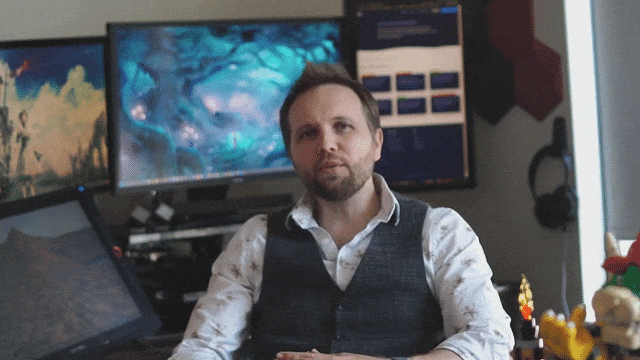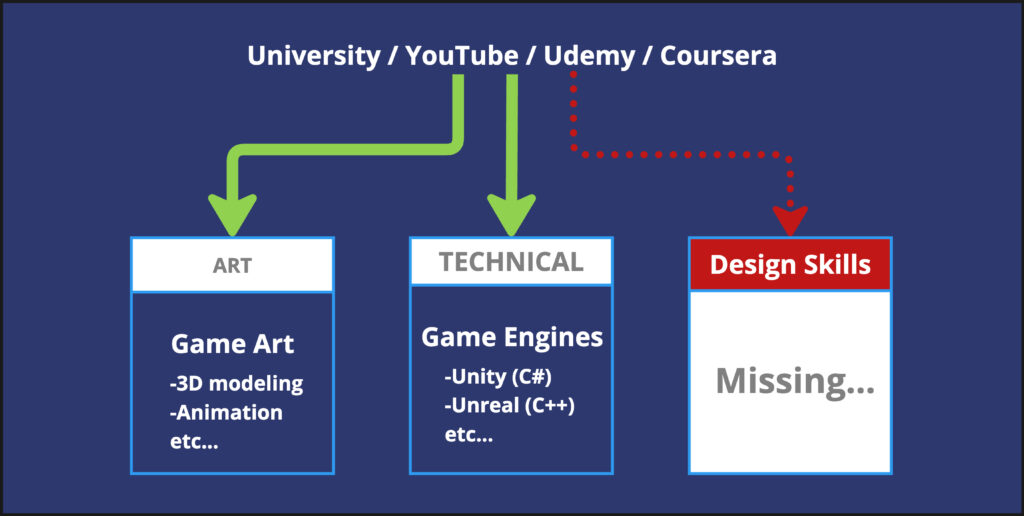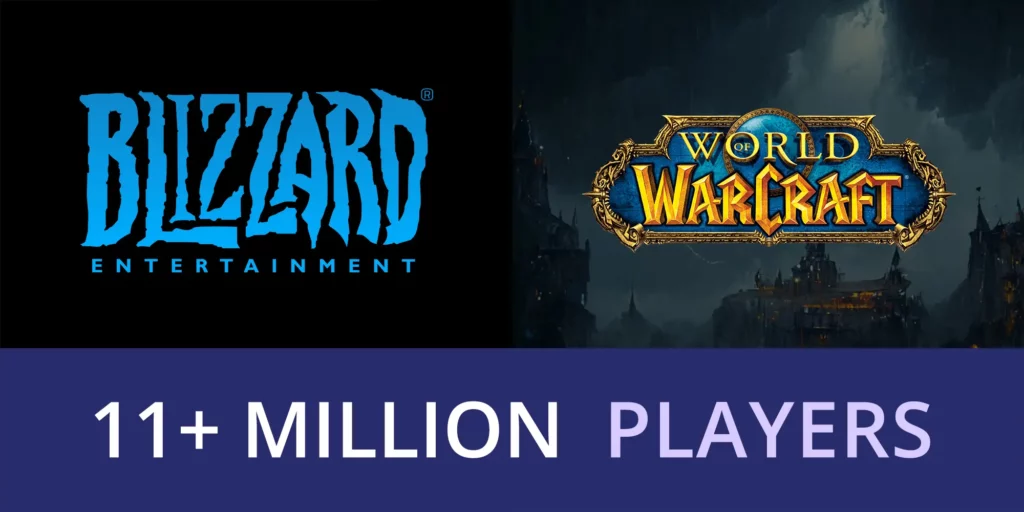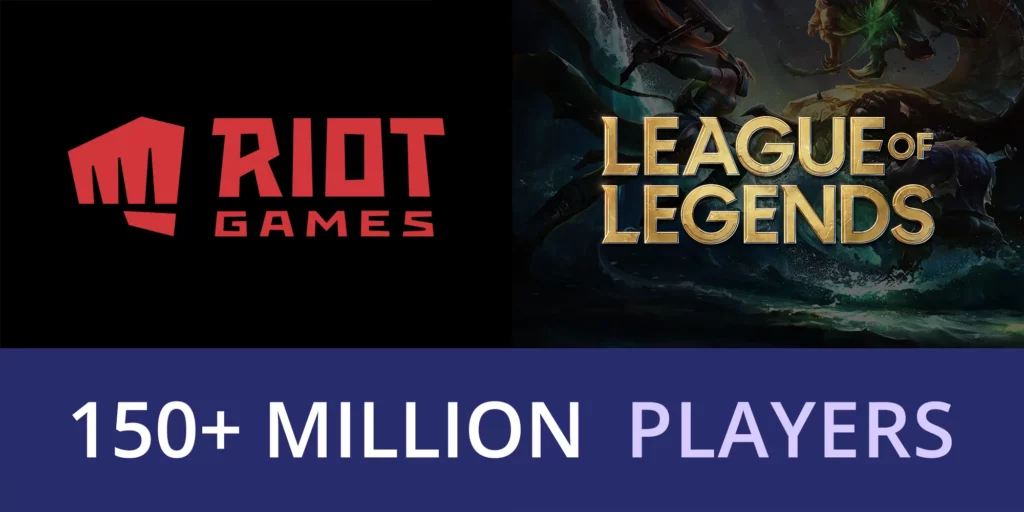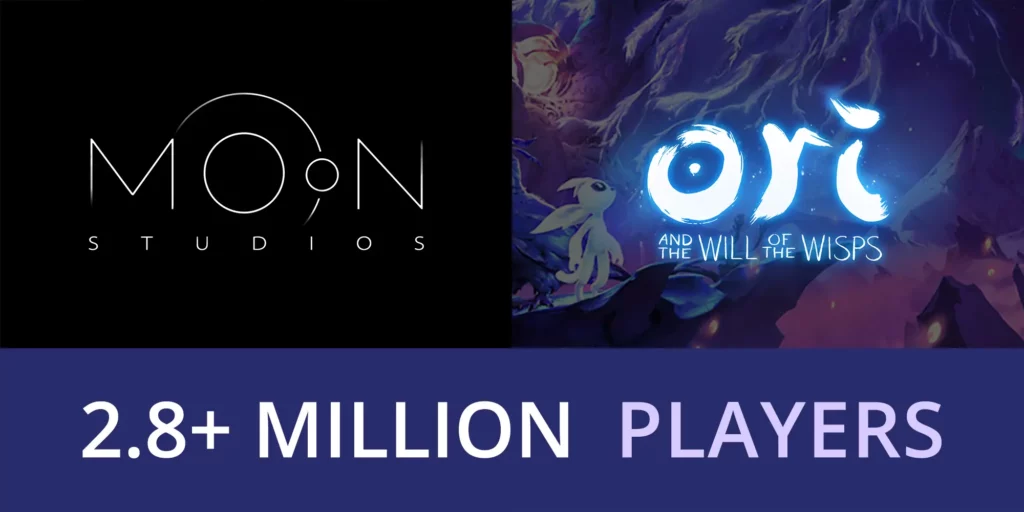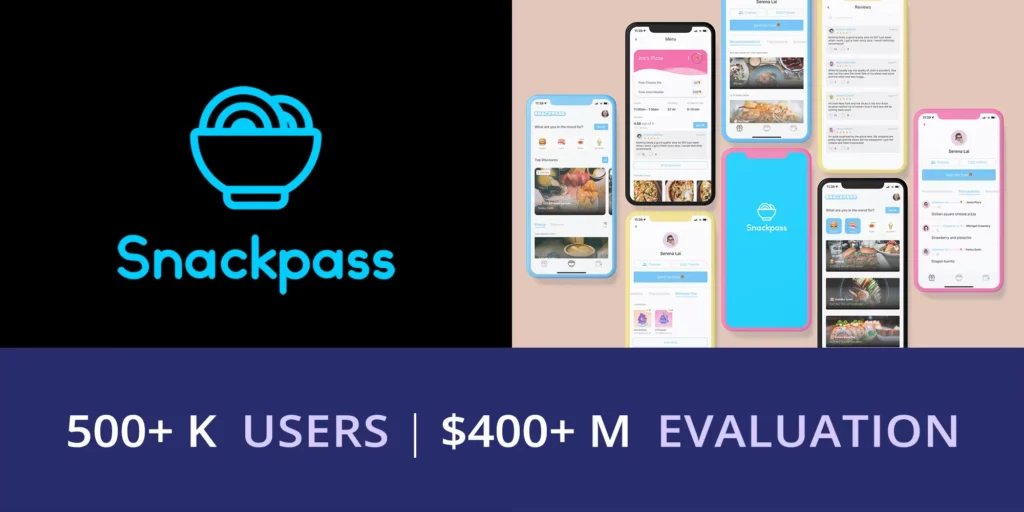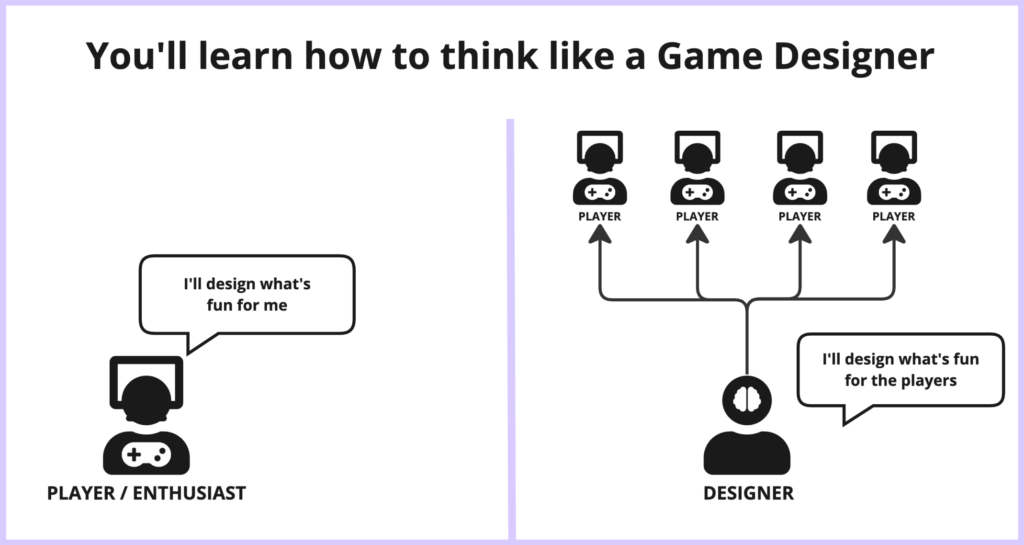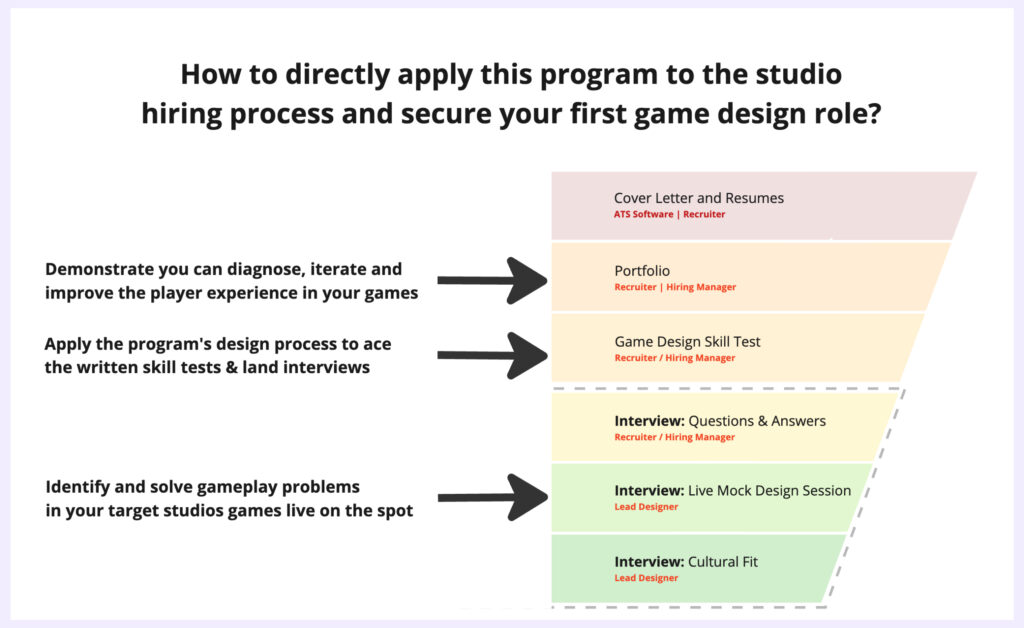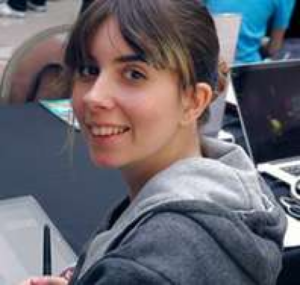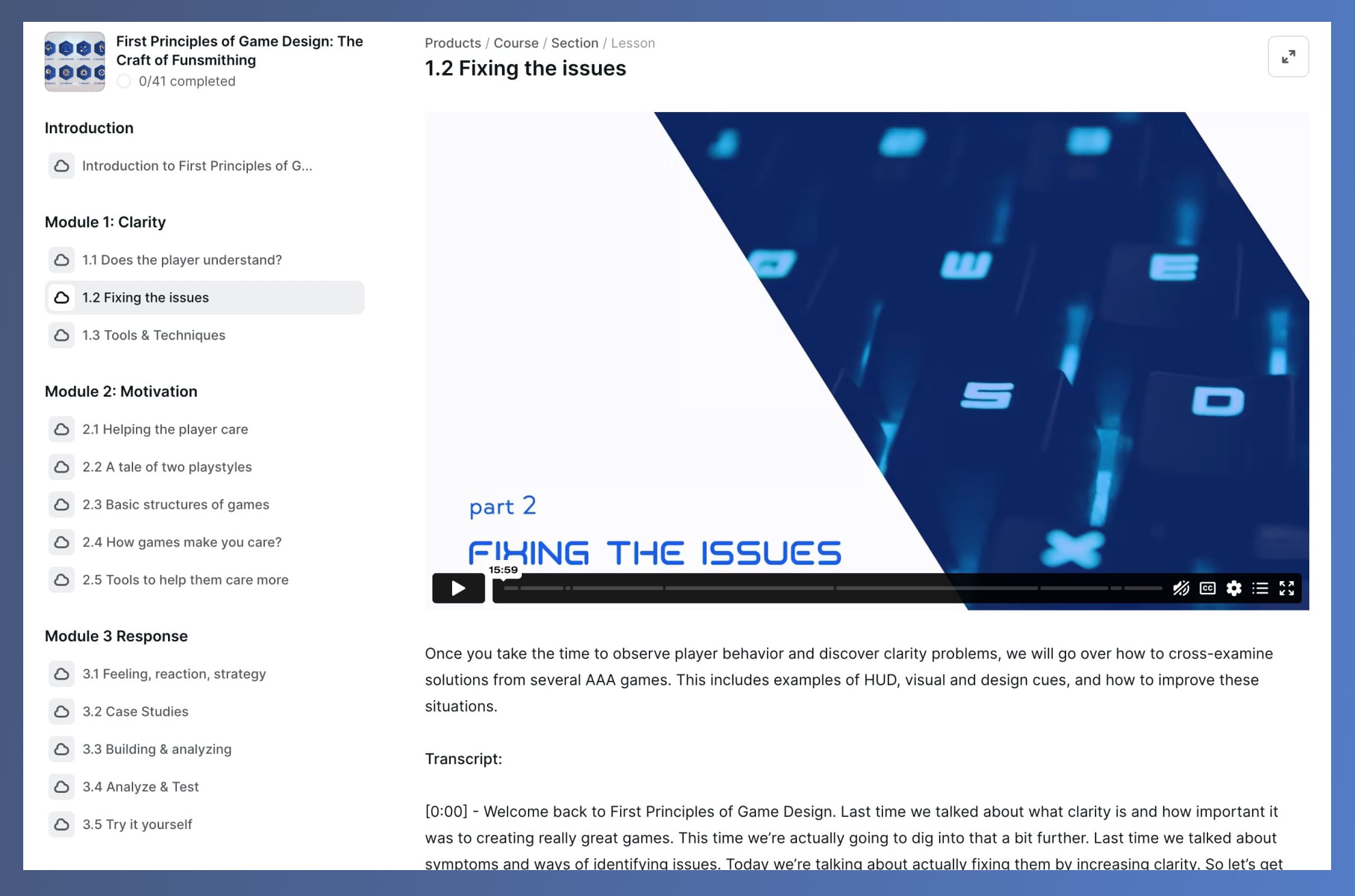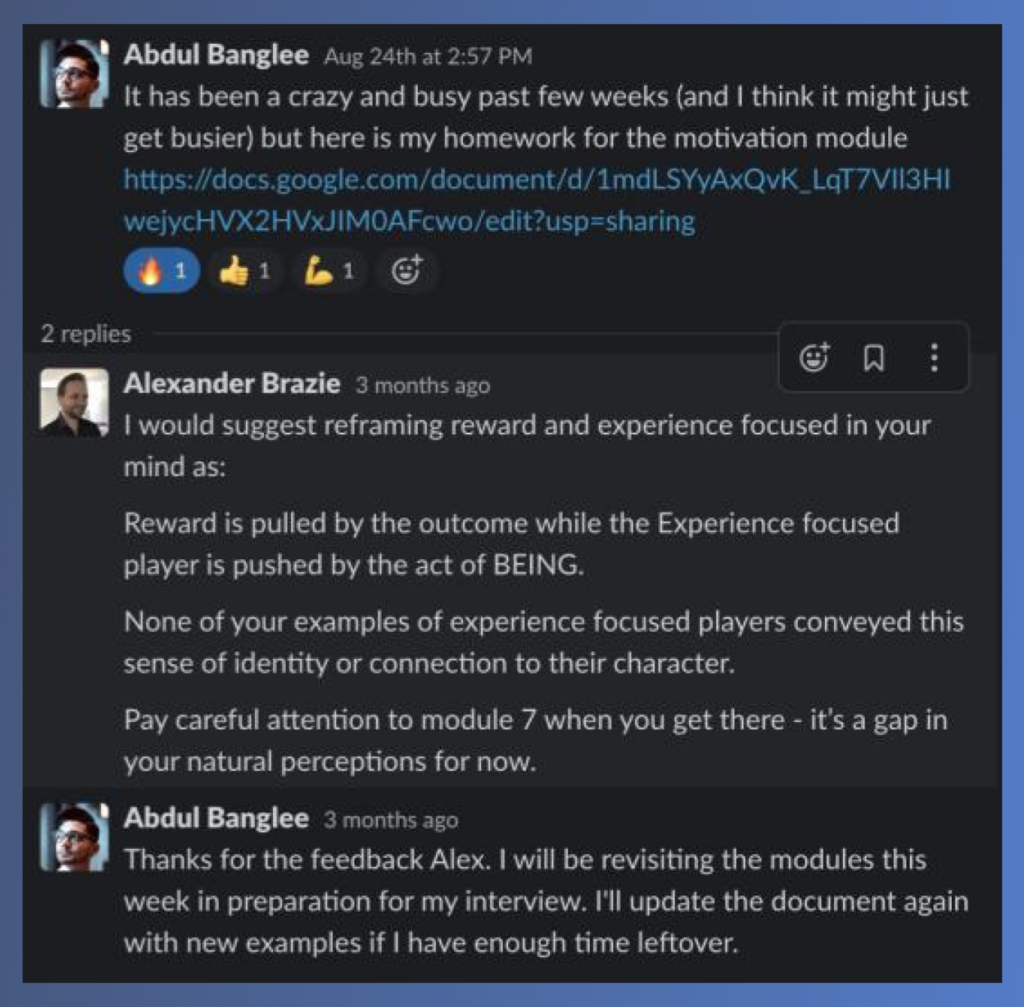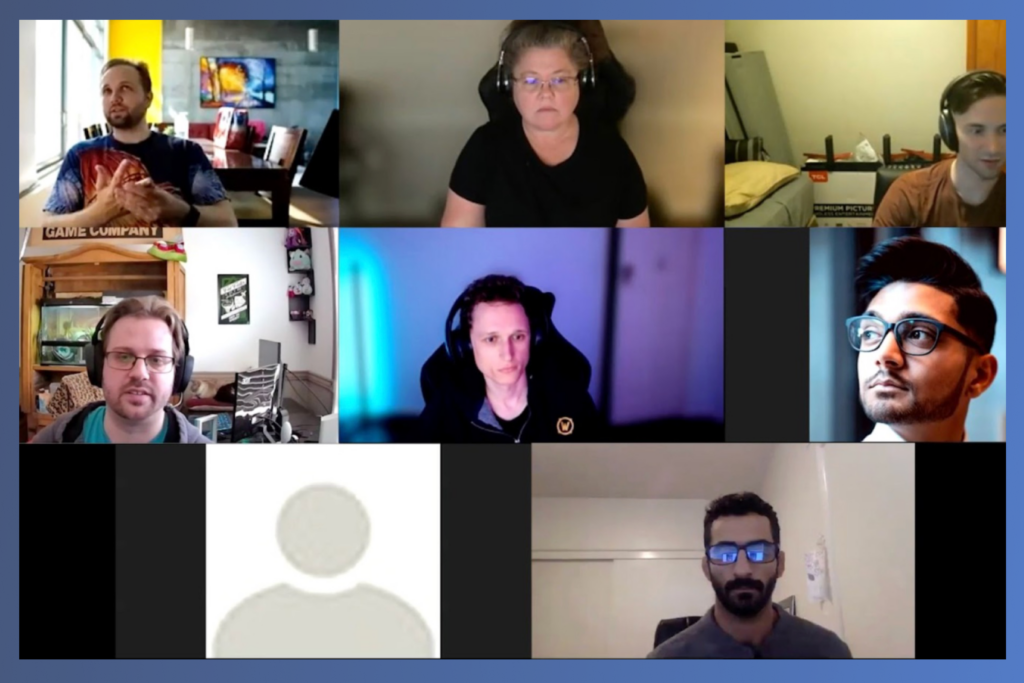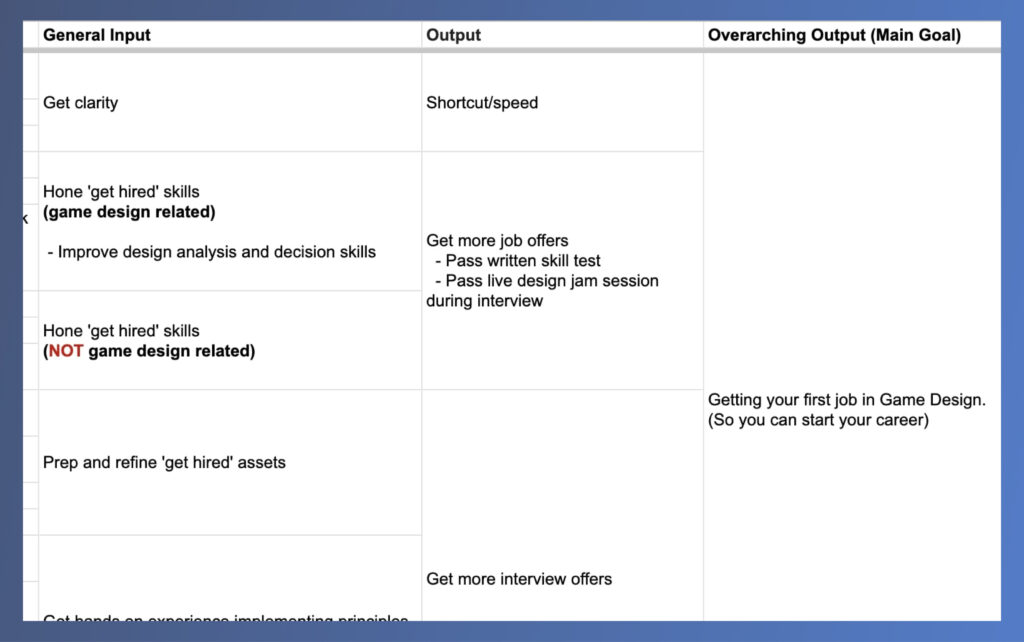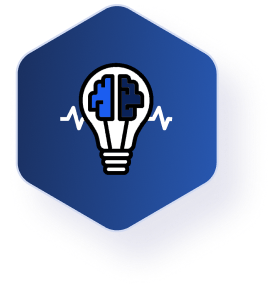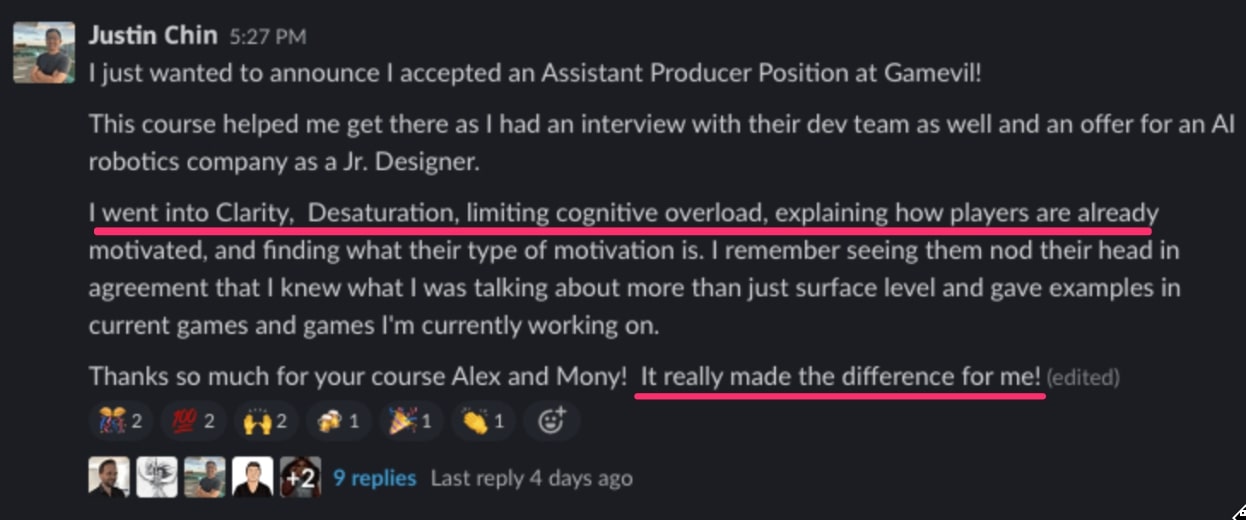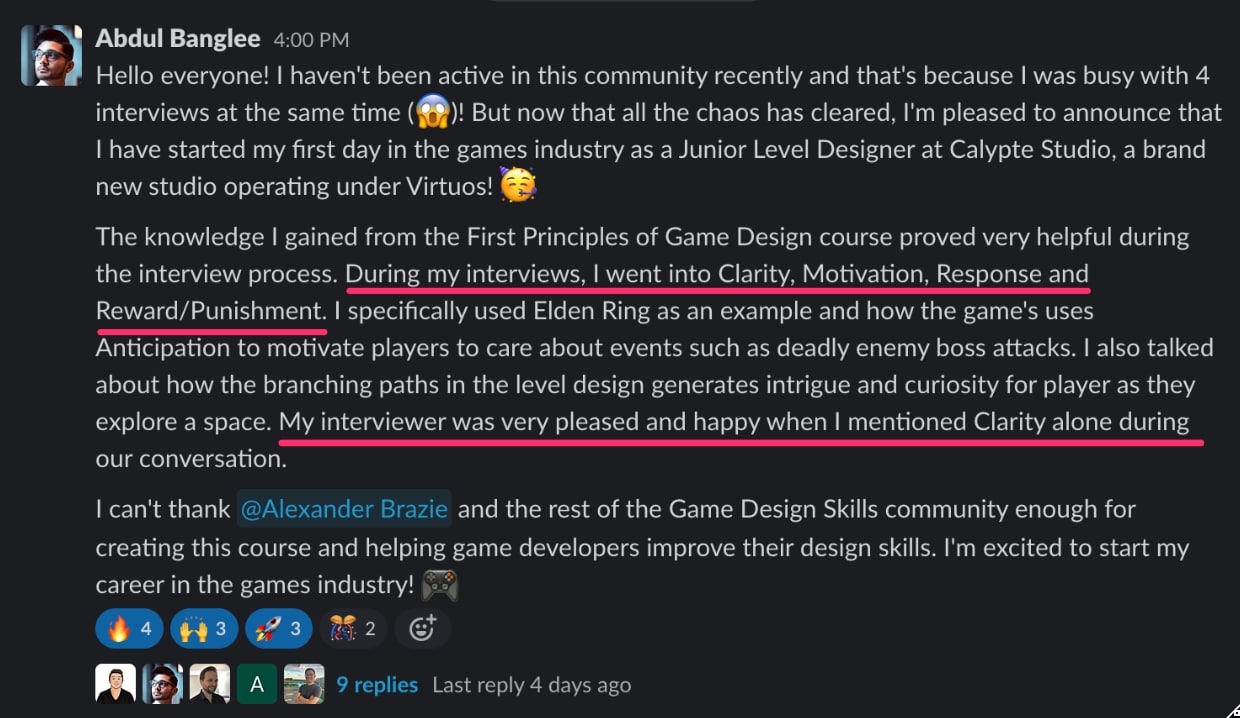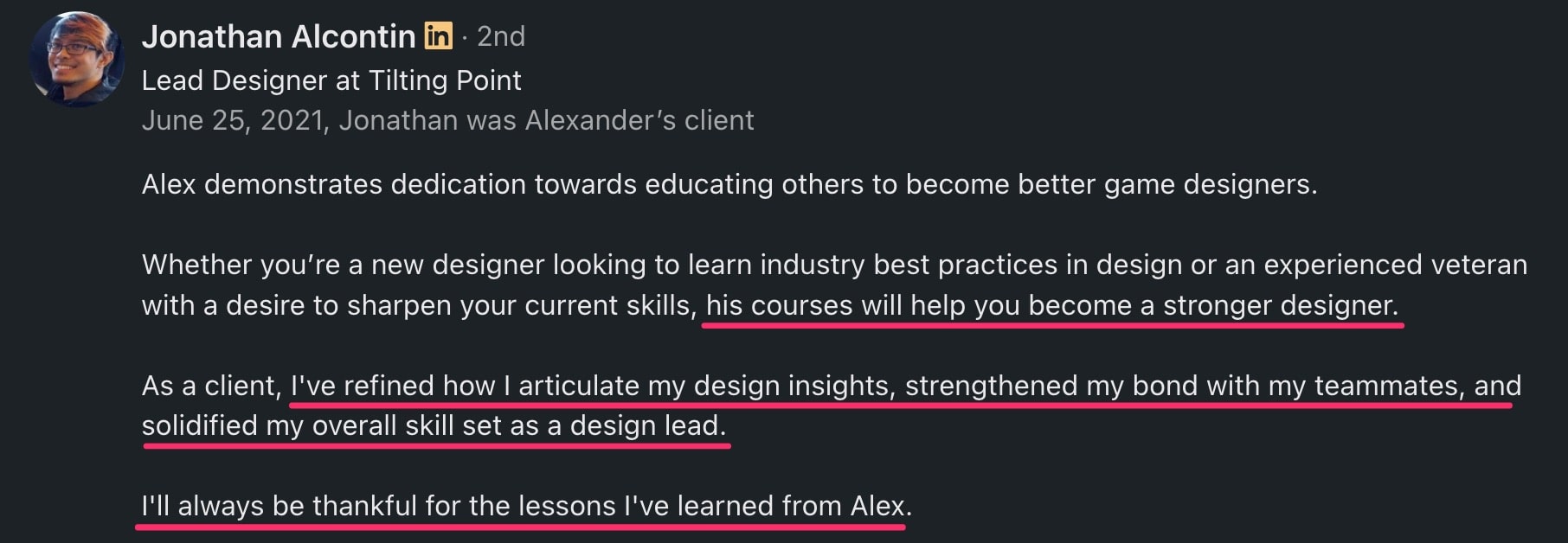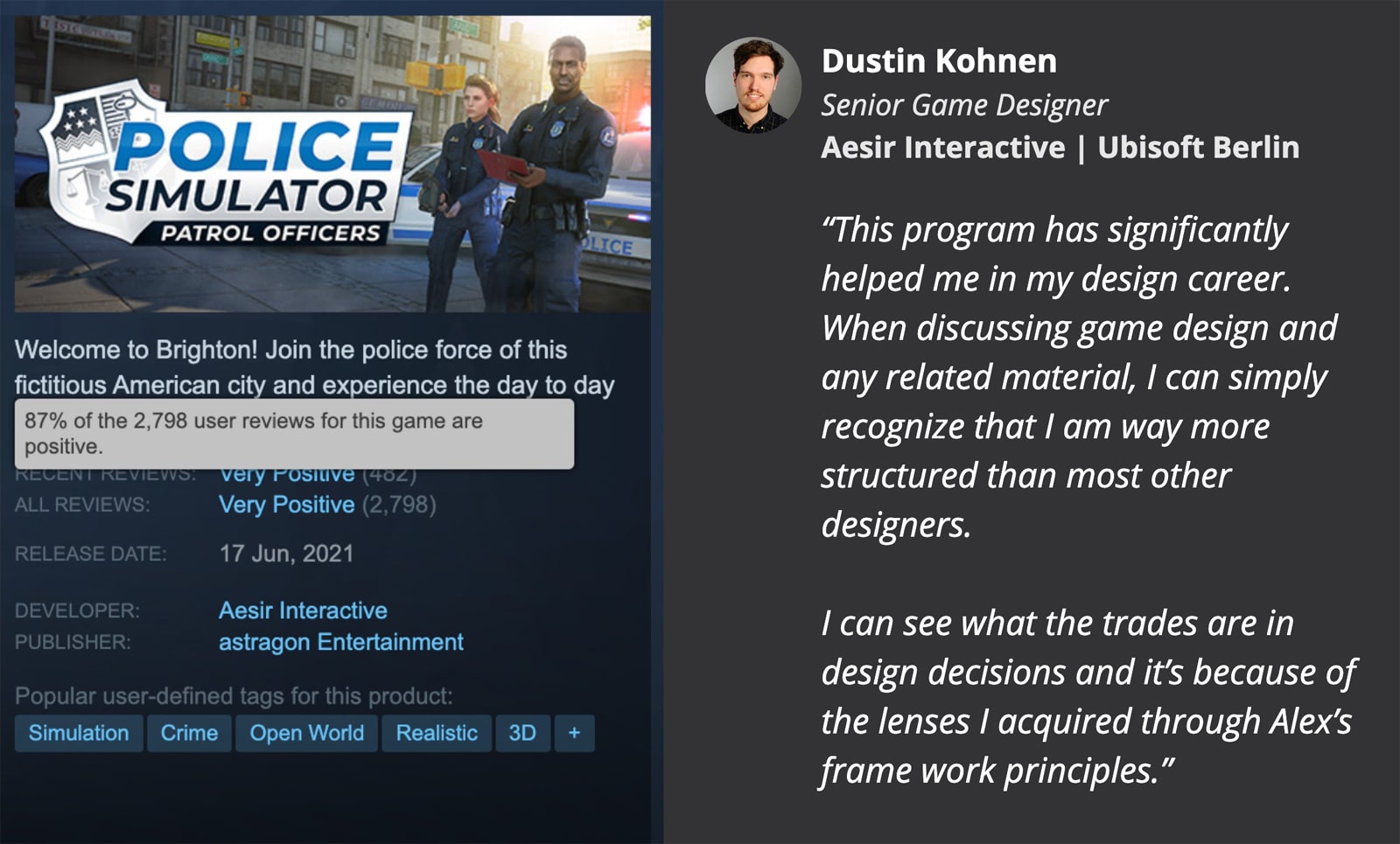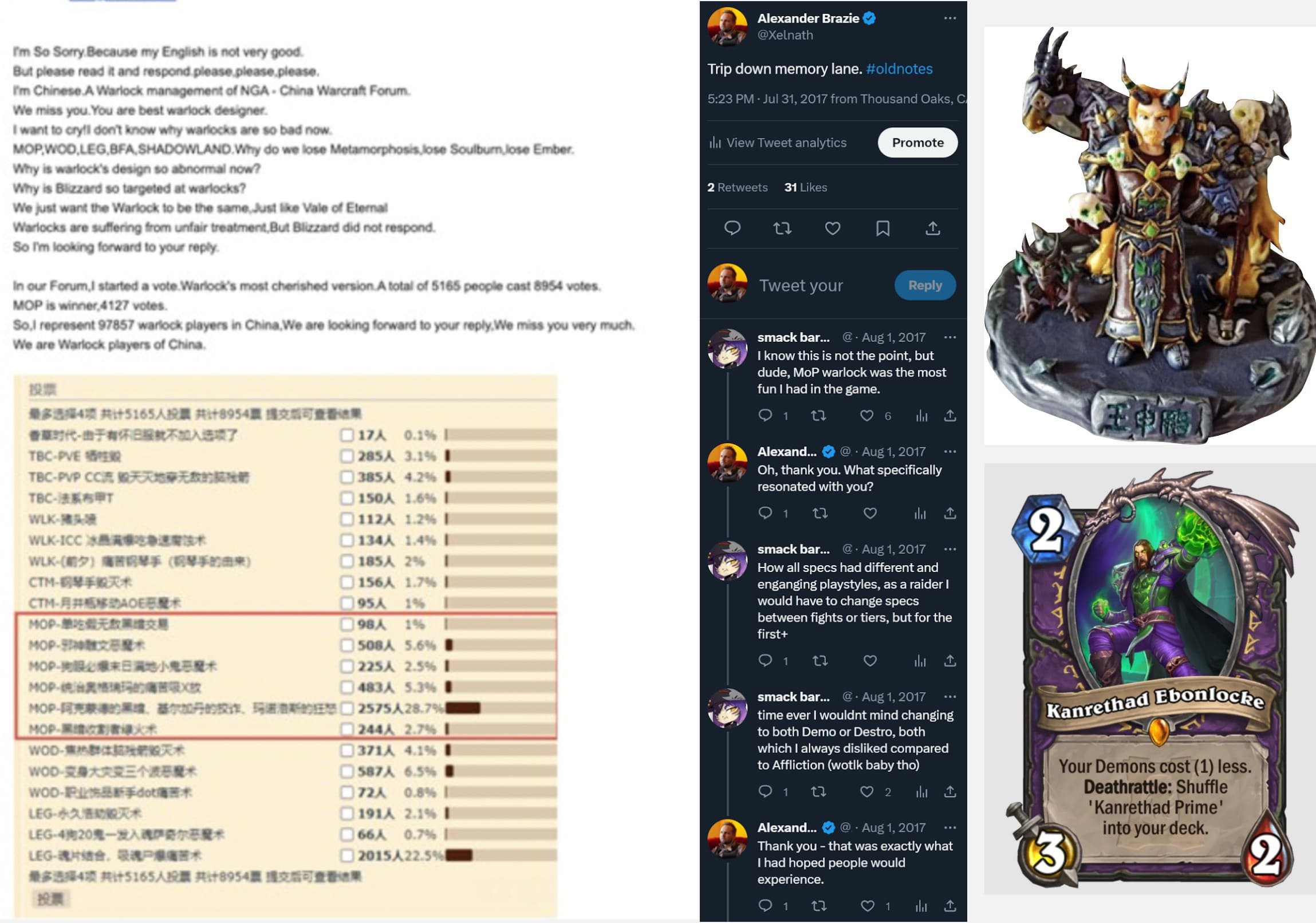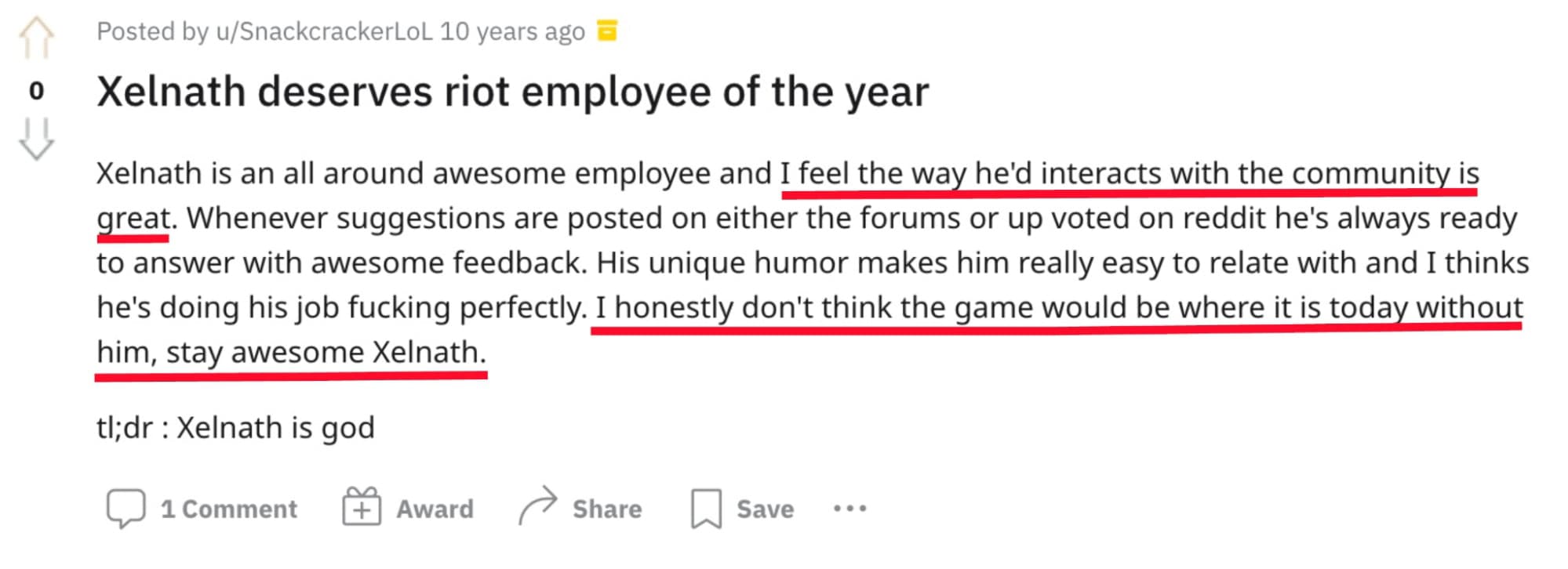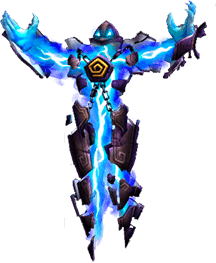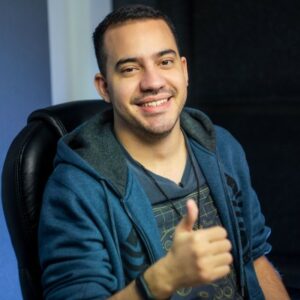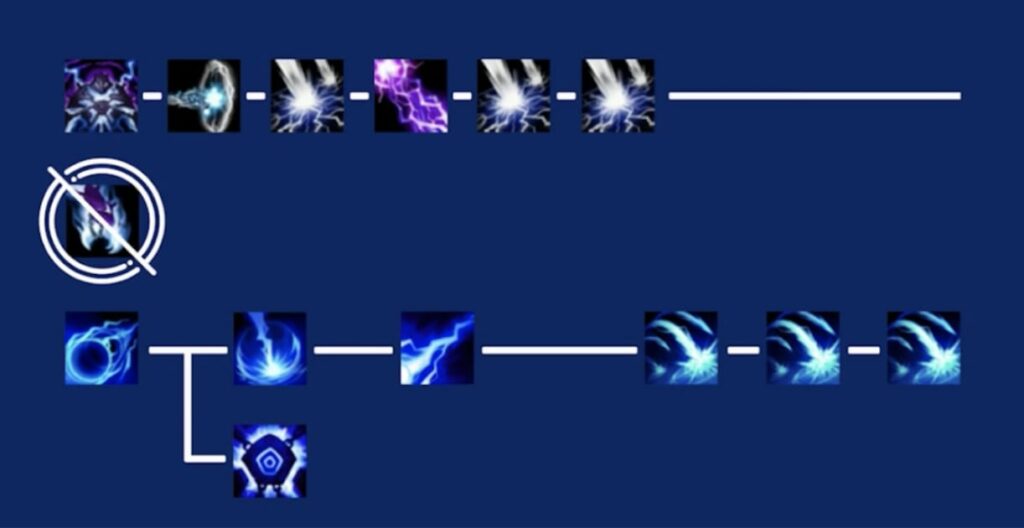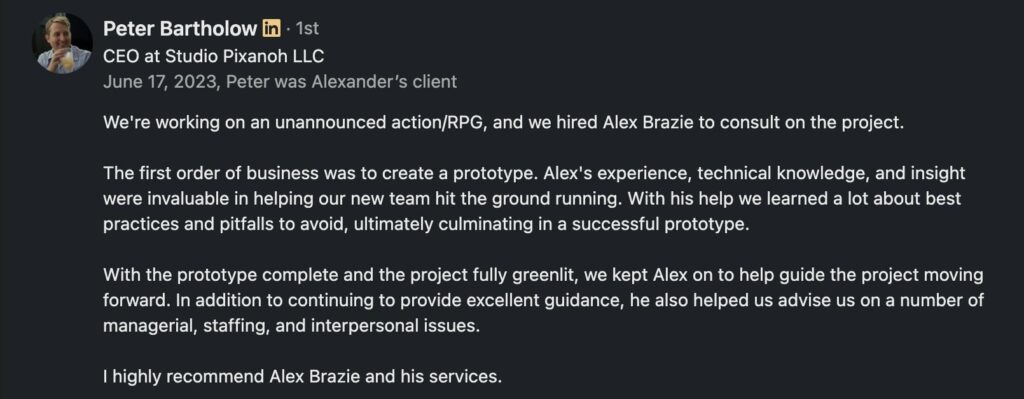Funsmiths, LLC, (“Funsmiths, LLC” or “we” or “us” or “our”) recognizes the need to protect the privacy of the personal information you provide to Funsmiths, LLC with respect to your access and use of our website gamedesignskills.com and various related services (collectively, the “Site”).
Therefore, we have adopted this privacy policy (the “Privacy Policy”), which sets forth, among other things, the type of information that will be collected, the purpose and use of the collected information, and your rights with regard to the collected information. This Privacy Policy governs how we collect and use your personal information wherever you use our Site. By accessing the Site, you are consenting to the collection and use of your information by us, but only to the extent described herein. Should you wish to revoke your consent, you may do so by contacting us, information on which is set out in the Privacy Policy below.
Funsmiths, LLC may make modifications, deletions and/or additions to this Privacy Policy (“Changes”) at any time. Changes will be effective: (i) thirty (30) days after Funsmiths, LLC provides notice of the Changes, whether such notice is provided through the Site user interface, is sent to the email address associated with your account or otherwise; or (ii) when you opt-in or otherwise expressly agree to the Changes or a version of this Privacy Policy incorporating the Changes, whichever comes first.
Protection of Your Information
When we collect or use your information, we will utilize commercially reasonable safeguards to ensure its protection. It should be noted that no security procedure is currently 100% effective. Should any breach of your Personal Information occur, we will inform you as soon as reasonably possible, as required by applicable law.
Type and Purpose of Collection
We collect information at various points in the Site to facilitate its use by our users. Specifically, two types of information are collected:
- Non-Personal Information: Upon accessing the Site, certain non-personal information will be automatically collected without your knowledge or consent, such as your IP address, location data (where you log in through the Site you will be asked if you consent to the Site accessing your location, which can be updated at any time in your device settings) and the referring website (“Non-Personal Information”). We use Non-Personal Information to examine our traffic and to view how our users use the Site. This type of information will not allow you to be personally identified, although we might be able to associate it with your account. For example, we use “cookies,” which contain only certain statistical information. Additional information on cookies can be found below.
- Identifying Personal Information: If you initiate a transaction through the Site, we may collect and store information about you, such as your name, demographic information, phone number, address, and email, as well as any other information you provide to us (“Personal Information”), in order to facilitate you using the Site, send communications about the Site and related services, and populate forms for future transactions. This information may be shared with third parties for the same purposes. We may also, with your consent, post demographic information on the Site in relation to content you have submitted. Funsmiths, LLC does not disclose your Personal Information to third parties for the purpose of directly marketing their services to you unless you first agree to such disclosure.
- Contact Data, Metadata, and Data for Interactions: To provide the Site, we may also collect e-mail addresses, phone numbers, text notes about customers entered by end users, related customers and organizations, business addresses, titles/positions, and other similar contact data, along with metadata of emails (time sent, etc.) that are linked to Personal Information, messages on Slack, location, and metadata about calls and meetings (timing, participants, etc.) that are linked to Personal Information.
Additionally, Personal Information may be used and disclosed to the extent Funsmiths, LLC may deem reasonably necessary to enforce the terms of any agreement between you and Funsmiths, LLC, or to protect the rights, property or safety of any person or entity.
Any of the information we collect from you may be used in one of the following ways:
- To provide customer relationship management services to you. We process personal data as necessary to perform these services. In addition to storing and retrieving data, we carry out necessary processing to generate reports and insights of your interactions with your customers on your behalf.
- To personalize your experience (your information helps us to better respond to your individual needs)
- To improve our website (we continually strive to improve our service based on the information and feedback we receive from you)
- To improve customer service (your information helps us to more effectively respond to your customer service and support needs)
- To provide to education and similar institutions (who may at times be interested in offering you courses or admission based on your performance)
Withdrawal of Consent
You may withdraw your consent to the collection of Personal Information at any time by sending an email to us. Upon receiving notice that you have revoked your consent, we will stop using your Personal Information within a reasonable time, which will vary depending on what information we have collected and for what purpose. Please note that we will send you an email confirmation upon receipt of your request. Therefore, if you do not receive a confirmation email, please contact us again with your request. If you do choose to withdraw such consent, your access to the Site may be diminished, or your ability to choose some of the options on the Site may be limited.
Contact email: su*****@*************ll.com
Sharing Information
We will not sell, rent or disclose to outside parties the information we collect and save except that we may share the collected information with other parties as follows:
- Affiliated Site Providers: We have agreements with various affiliated service providers to facilitate the functioning of the Site, with whom we may share the information we have collected. For example, we may share your credit card information with the credit card service provider to process your purchase. All administrative service providers that we use are required to have the same level of privacy protection as we have, and therefore we expect that your information will be handled with the same level of care that we employ. Additionally, for example, we may use analytics services.
- Where required by law: We may share the collected information where required by law, specifically in response to a demand from government authorities where such demand meets the legal requirements.
- Statistical Analysis: We may share Non-Personal Information and aggregated information with third parties, including but not limited to for advertising or marketing purposes. No Personal Information will be shared in this manner.
- Transactions: In connection with, or during negotiations of, any merger, sale of company assets, financing or acquisition, or in any other situation where Personal Information may be disclosed or transferred as one of our business assets.
External Links
The Site contains links and references to other websites. We are not responsible for the collection, use and disclosure of information, or the privacy practices of such websites, and we expressly disclaim any liability relating thereto.
Terms of Site
This Privacy Policy is incorporated into and forms part of the Terms of Site, which outlines the terms and conditions you agree to when accessing and using the Site, and which can be found here: https://gamedesignskills.com.
Children’s Privacy
Protecting the privacy of young children is especially important. Our Site is not directed to children under the age of 13, and we do not knowingly collect personal information from children under the age of 13 without obtaining parental consent. If you are under 13 years of age, then please do not use or access the Site at any time or in any manner. If we learn that personally identifiable information has been collected on the Site from persons under 13 years of age and without verifiable parental consent, then we will take the appropriate steps to delete this information. If you are a parent or guardian and discover that your child under 13 years of age has obtained an account on the Site, then you may alert us at su*****@*************ll.com and request that we delete that child’s personally identifiable information from our systems.
Cookies and Similar Technologies
When you interact with the Site, we try to make that experience simple and meaningful. When you use our Site, our web server sends a cookie to your computer or mobile device (as the case may be). Cookies are small pieces of information which are issued to your computer or mobile device (as the case may be) when you visit a website or access or use a mobile application and which store and sometimes track information about your use of a website or application (as the case may be). A number of cookies we use last only for the duration of your web session or Site session and expire when you close your browser or exit the Site. Other cookies are used to remember you when you return to the Site and will last for longer.
Some of the cookies used by the Site are set by us, and some are set by third parties who are delivering services on our behalf.
Most web and mobile device browsers automatically accept cookies, but if you prefer, you can change your browser to prevent that or to notify you each time a cookie is set. You can also learn more about cookies by visiting www.allaboutcookies.org which includes additional useful information on cookies and how to block cookies using different types of browser or mobile device. Please note, however, that by blocking or deleting cookies used on the Site, you may not be able to take full advantage of the Site.
California Privacy Rights
Pursuant to Section 1798.83 of the California Civil Code, if you are a California resident and have an established business relationship with Funsmiths, LLC, you can request a notice disclosing the categories of personal information that Funsmiths, LLC has shared with third parties, for the third parties’ direct marketing purposes, during the preceding calendar year. To request a notice, please submit your request to the address directly below.
International Visitors
The Site is hosted in the United States and is intended for visitors located within the United States. If you choose to use the Site from the European Union or other regions of the world with laws governing data collection and use that may differ from U.S. law, then please note that you are transferring your personal information outside of those regions to the United States for storage and processing. Also, we may transfer your data from the U.S. to other countries or regions in connection with storage and processing of data, fulfilling your requests, and operating the Site. By providing any information, including personal information, on or to the Site, you consent to such transfer, storage, and processing.
By using the Site, participating in any of our services, and/or providing us with your Personal Information, you consent to this transfer. In order to comply with the EU-US Privacy Shield and Swiss-US Privacy Shield frameworks, the Company commits to the resolution of complaints about your privacy and our collection or use of your personal information. In compliance with the US-EU and Swiss-US Privacy Shield Principles, the Company commits to resolve complaints about your privacy and our collection or use of your personal information. European Union or Swiss individuals with inquiries or complaints regarding this privacy policy should first contact Funsmiths, LLC at: su*****@*************ll.com. Funsmiths, LLC has further committed to refer unresolved privacy complaints under the EU-US and Swiss-US Privacy Shield Principles to BBB EU PRIVACY SHIELD, a non-profit alternative dispute resolution provider located in the United States and operated by the Council of Better Business Bureaus. If you do not receive timely acknowledgement of your complaint, or if your complaint is not satisfactorily addressed, please visit http://www.bbb.org/EU-privacy-shield/for-eu-consumers for more information and to file a complaint. Finally, as a last resort and in limited situations, EU and Swiss individuals may seek redress from the Privacy Shield Panel, a binding arbitration mechanism.
International Transfer
Both Personal Information and Non-Personal Information you submit via the Site is sent to our group companies and will be processed in the USA and stored on secure servers located in the USA. Such information may also be transferred by us to our offices and third parties. The countries concerned may not have similar data protection laws to your country. Where we transfer your information out of your jurisdiction we will take reasonable steps to ensure that your privacy rights continue to be protected. By submitting your information to the Site, you agree to this storing, processing and transfer.
For Residents of the European Economic Area (“EEA”) – General Data Protection Regulation (“GDPR”)
This Privacy Policy describes how Funsmiths, LLC collects, uses and shares your personal information. If you are a resident of the EEA, you are subject to the GDPR, which becomes effective on May 25, 2018, and the following terms also apply to you. The Company is the Controller and responsible for your personal data.
Lawful Bases to Process Your Personal Data
This Privacy Policy describes above the personal data we collect from you and how we use it. We will only use your personal data when the law allows us to. Most commonly, we will use your personal data in the following circumstances:
- Where we need to perform the contract we are about to enter into or have entered into with you.
- Where it is necessary for our legitimate interests (or those of a third party) and your interests and fundamental rights do not override those interests.
- Where we need to comply with a legal or regulatory obligation.
Generally, we do not rely on consent as a legal basis for processing your personal data other than in relation to sending third party direct marketing communications to you via email or text message.
You have the right to withdraw consent to marketing at any time by contacting us at su*****@*************ll.com. Specifically, we have a lawful basis for processing each type of personal data described in this Privacy Policy, which are as follows:
- The lawful basis for collecting your Identity and Contact Data to register you as a new customer is the performance of a contract with you.
- The lawful bases for collecting your Identity, Contact, Financial, Transaction and Marketing and Communications Data to process and deliver your purchases are (a) the performance of a contract with you and (b) it is necessary for our legitimate interests.
- The lawful bases for collecting your Identity, Contact, Profile, and Marketing and Communications Data to manage a relationship with you are (a) the performance of a contract with you and (b) it is necessary for our legitimate interests (to keep our records updated and to study how customers use our products/services).
- The lawful bases for collecting your Identity, Contact, Profile, Usage, and Marketing and Communications Data to enable you to partake in a contest, competition or complete a survey are (a) the performance of a contract with you and (b) it is necessary for our legitimate interests (to study how customers use our products and services, to develop them and grow our business).
- The lawful basis to collect your Identity, Contact, and Technical Data to administer and protect our business and the Site is that it is necessary for our legitimate interests (for running our business, provision of administration and IT services, network security, to prevent fraud and in the context of a business reorganization or group restructuring exercise).
- The lawful basis to collect your Identity, Contact, Profile, Usage, Marketing and Communications, and Technical Data to deliver relevant Site content and advertisements to you and measure or understand the effectiveness of the advertising we serve to you is that it is necessary for our legitimate interests (to study how customers use our products/services, to develop them, to grow our business and to inform our marketing strategy).
- The lawful basis to collect Technical and Usage Data to use data analytics to improve our Site, marketing, customer relationships and experiences is that it is necessary for our legitimate interests (to define types of customers for our products and services, to keep our Site updated and relevant, to develop our business and to inform our marketing strategy).
- The lawful basis to collect Identity, Contact, Profile, Usage, and Technical Data to make suggestions and recommendations to you about goods or services that may be of interest to you is that it is necessary for legitimate interests (to develop our products/services and grow our business).
We do not collect any Special Categories of personal data about you (this includes details about your race or ethnicity, religious or philosophical beliefs, sex life, sexual orientation, political opinions, trade union membership, information about your health and genetic and biometric data). Nor do we collect any information about criminal convictions and offenses.
Note that we may process your personal data for more than one lawful ground depending on the specific purpose for which we are using your data. Please contact us if you need details about the specific legal ground we are relying on to process your personal data where more than one ground has been set forth in this Privacy Policy.
We may have to share your personal data with the parties set out below for the purposes described in this Policy.
External Third Parties
- Site providers acting as processors based in the United States who provide IT and system administration services.
- Professional advisers acting as processors or joint controllers including lawyers, bankers, auditors and insurers based in the United States and Australia who provide consultancy, banking, legal, insurance and accounting services.
- Specific third parties such as PayPal, Facebook, and Twitter.
- Third parties to whom we may choose to sell, transfer, or merge parts of our business or our assets. Alternatively, we may seek to acquire other businesses or merge with them. If a change happens to our business, then the new owners may use your personal data in the same way as set out in this Privacy Policy.
We require all third parties to respect the security of your personal data and to treat it in accordance with the law. We do not allow our third-party service providers to use your personal data for their own purposes and only permit them to process your personal data for specified purposes and in accordance with our instructions.
International Processing
We are based in the United States, which is where all of your data will be processed.
Data Security
We have put in place appropriate security measures to prevent your personal data from being accidentally lost, used or accessed in an unauthorized way, altered or disclosed. In addition, we limit access to your personal data to those employees, agents, contractors and other third parties who have a business need to know. They will only process your personal data on our instructions and they are subject to a duty of confidentiality. We have put in place procedures to deal with any suspected personal data breach and will notify you and any applicable regulator of a breach where we are legally required to do so.
Data Retention
We will only retain your personal data for as long as necessary to fulfil the purposes we collected it for, including for the purposes of satisfying any legal, accounting, or reporting requirements. To determine the appropriate retention period for personal data, we consider the amount, nature, and sensitivity of the personal data, the potential risk of harm from unauthorized use or disclosure of your personal data, the purposes for which we process your personal data and whether we can achieve those purposes through other means, and the applicable legal requirements. In some circumstances you can ask us to delete your data. In some circumstances we may anonymize your personal data (so that it can no longer be associated with you) for research or statistical purposes in which case we may use this information indefinitely without further notice to you.
YOUR LEGAL RIGHTS UNDER THE GDPR
Under certain circumstances, EEA residents have rights under data protection laws in relation to their personal data. If you are an EEA resident, you have the right to:
- Request access to your personal data. This enables you to receive a copy of the personal data we hold about you and to check that we are lawfully processing it.
- Request correction of the personal data that we hold about you. This enables you to have any incomplete or inaccurate data we hold about you corrected, though we may need to verify the accuracy of the new data you provide to us.
- Request erasure of your personal data. This enables you to ask us to delete or remove personal data where there is no good reason for us continuing to process it. You also have the right to ask us to delete or remove your personal data where you have successfully exercised your right to object to processing (see below), where we may have processed your information unlawfully or where we are required to erase your personal data to comply with local law. Note, however, that we may not always be able to comply with your request of erasure for specific legal reasons which will be notified to you, if applicable, at the time of your request.
- Object to processing of your personal data where we are relying on a legitimate interest (or those of a third party) and there is something about your particular situation which makes you want to object to processing on this ground as you feel it impacts on your fundamental rights and freedoms. You also have the right to object where we are processing your personal data for direct marketing purposes. In some cases, we may demonstrate that we have compelling legitimate grounds to process your information which override your rights and freedoms.
- Request restriction of processing of your personal data. This enables you to ask us to suspend the processing of your personal data in the following scenarios: (a) if you want us to establish the data’s accuracy; (b) where our use of the data is unlawful but you do not want us to erase it; (c) where you need us to hold the data even if we no longer require it as you need it to establish, exercise or defend legal claims; or (d) you have objected to our use of your data but we need to verify whether we have overriding legitimate grounds to use it.
- Request the transfer of your personal data to you or to a third party. We will provide to you, or a third party you have chosen, your personal data in a structured, commonly used, machine-readable format. Note that this right only applies to automated information which you initially provided consent for us to use or where we used the information to perform a contract with you.
- Withdraw consent at any time where we are relying on consent to process your personal data. However, this will not affect the lawfulness of any processing carried out before you withdraw your consent. If you withdraw your consent, we may not be able to provide certain products or services to you. We will advise you if this is the case at the time you withdraw your consent.
If you wish to exercise any of the rights set out above, please contact us. You will not have to pay a fee to access your personal data (or to exercise any of the other rights). However, we may charge a reasonable fee if your request is clearly unfounded, repetitive or excessive. Alternatively, we may refuse to comply with your request in these circumstances. We may need to request specific information from you to help us confirm your identity and ensure your right to access your personal data (or to exercise any of your other rights). This is a security measure to ensure that personal data is not disclosed to any person who has no right to receive it. We may also contact you to ask you for further information in relation to your request to speed up our response. We try to respond to all legitimate requests within one month. Occasionally it may take us longer than a month if your request is particularly complex or you have made a number of requests. In this case, we will notify you and keep you updated.
Our Contact Information
Please contact us with any questions or comments about this Policy, your personal information, our use and disclosure practices, or your consent choices by email at su*****@*************ll.com.
Funsmiths, LLC,
302 washington street Suite 50 #5389, San Diego CA, 92103
